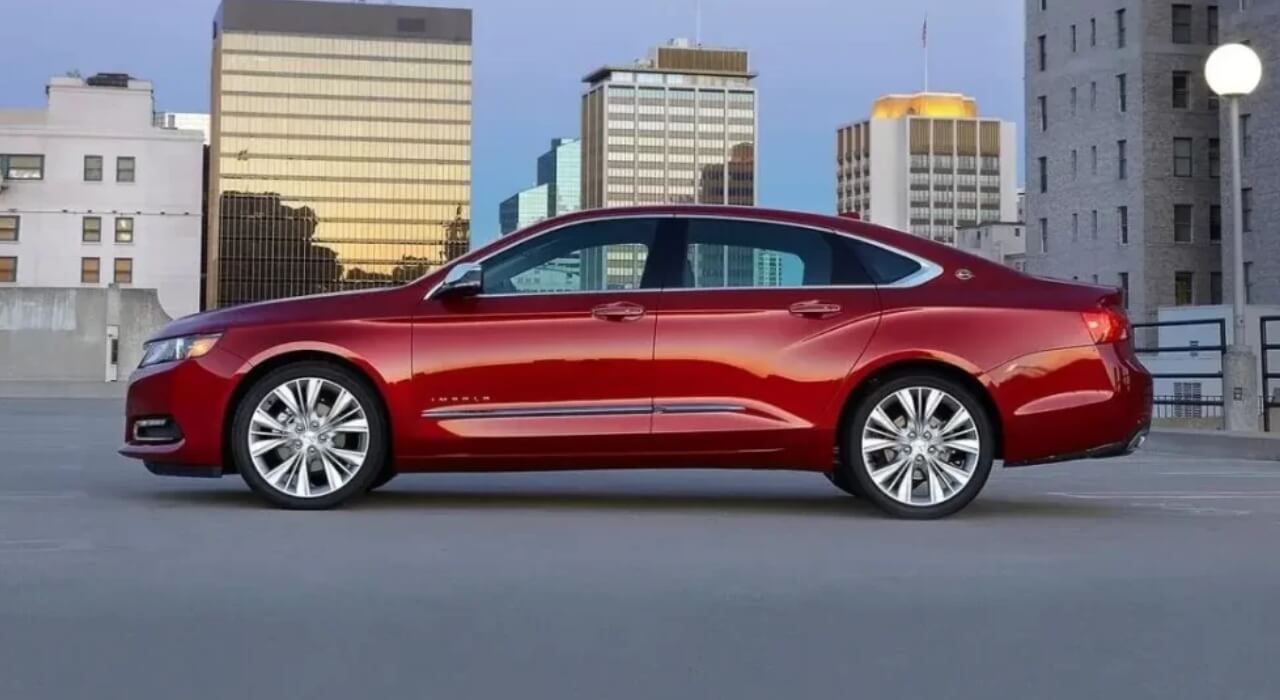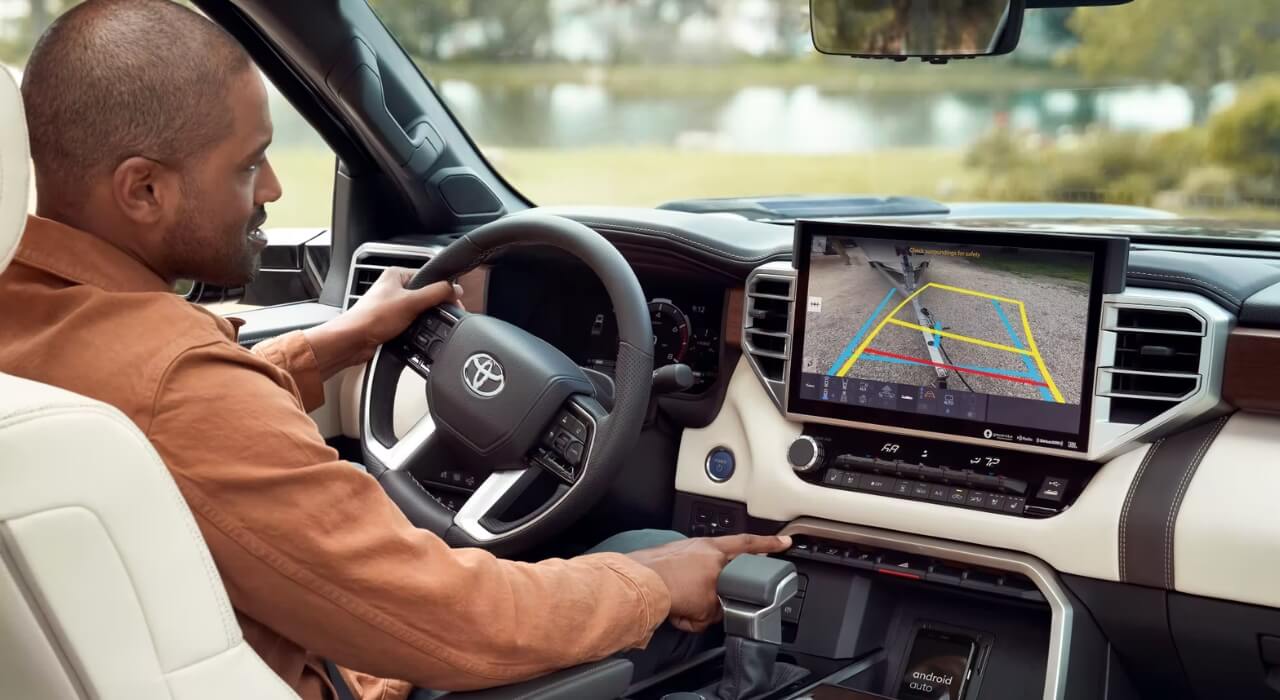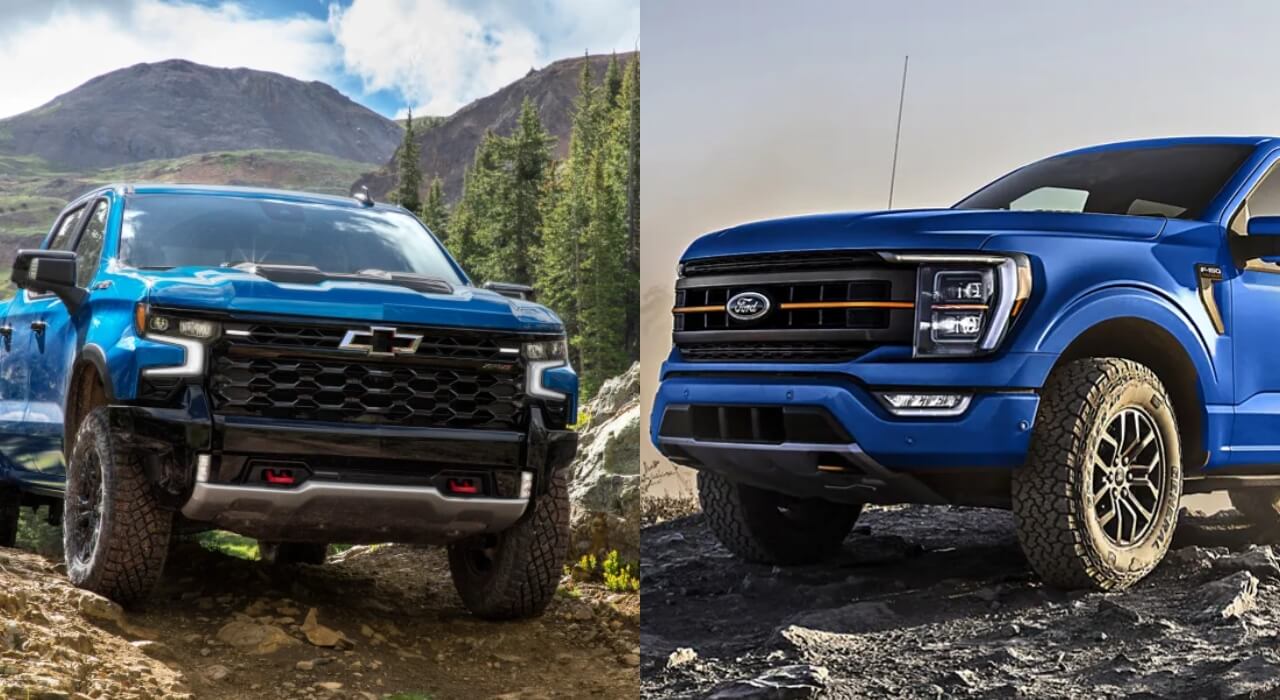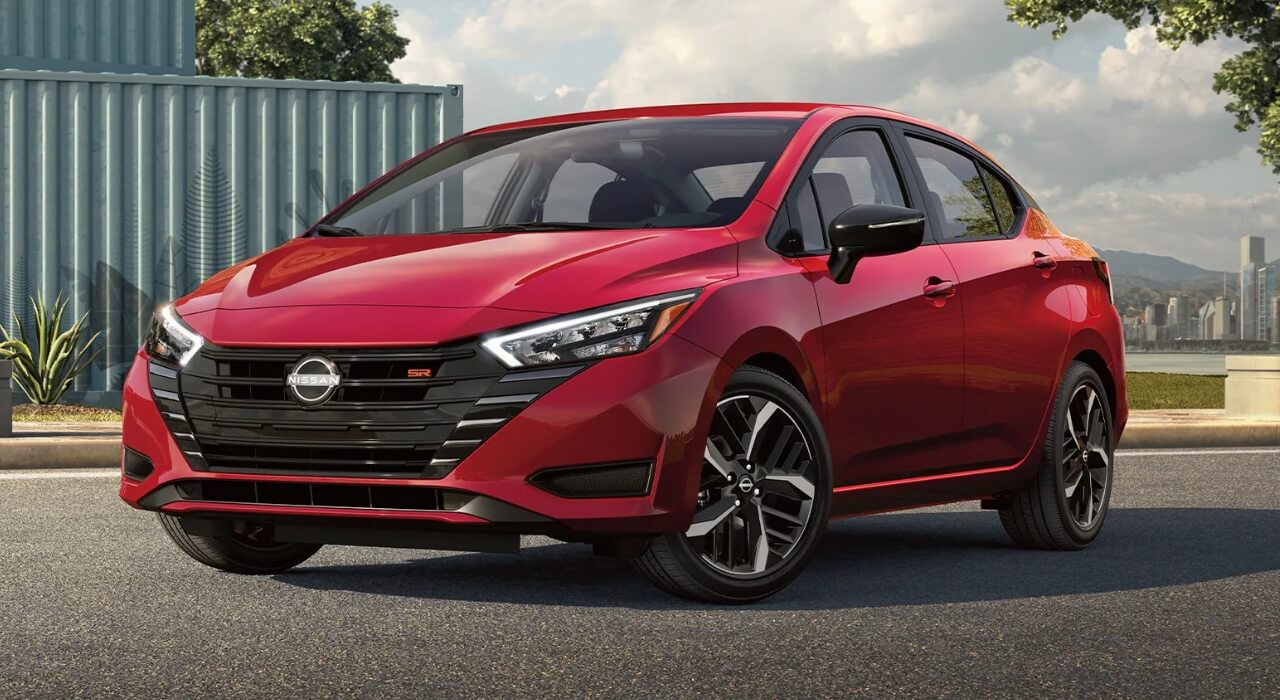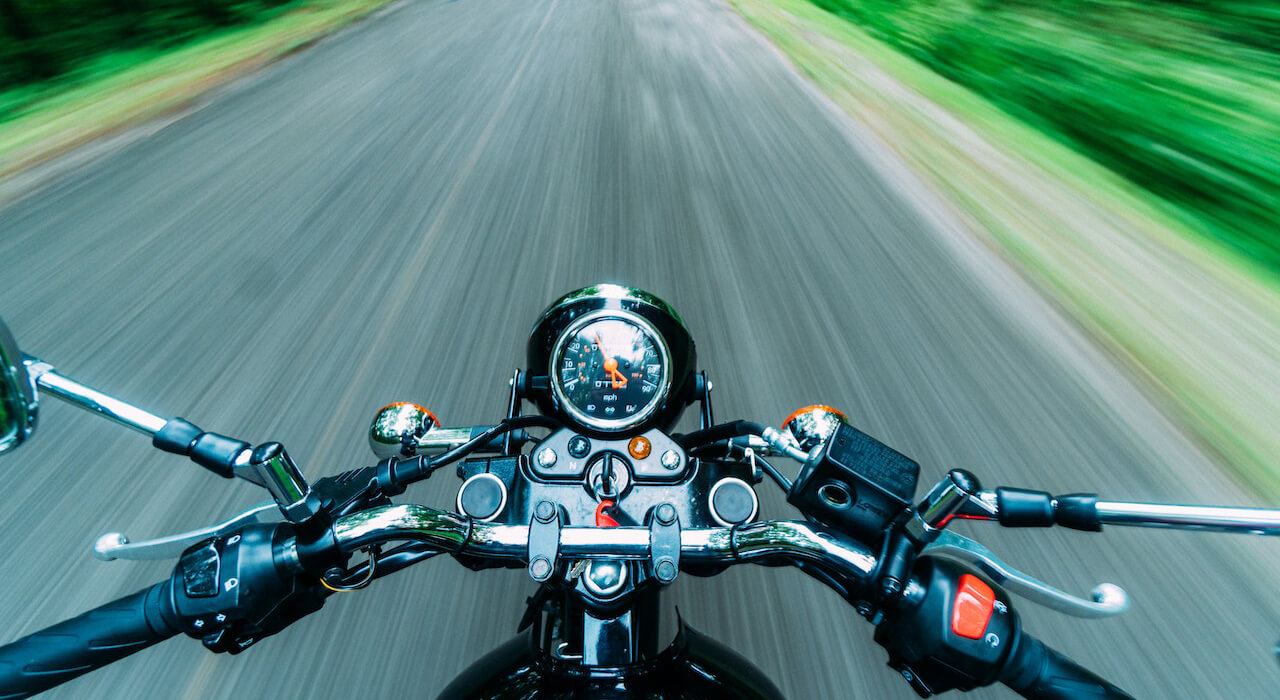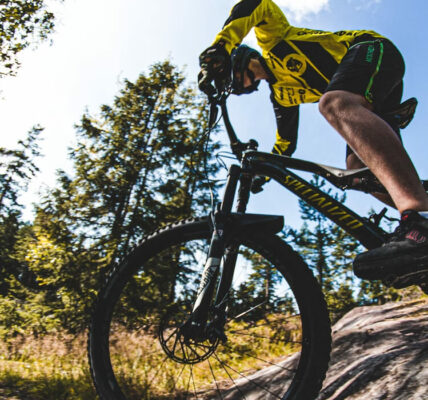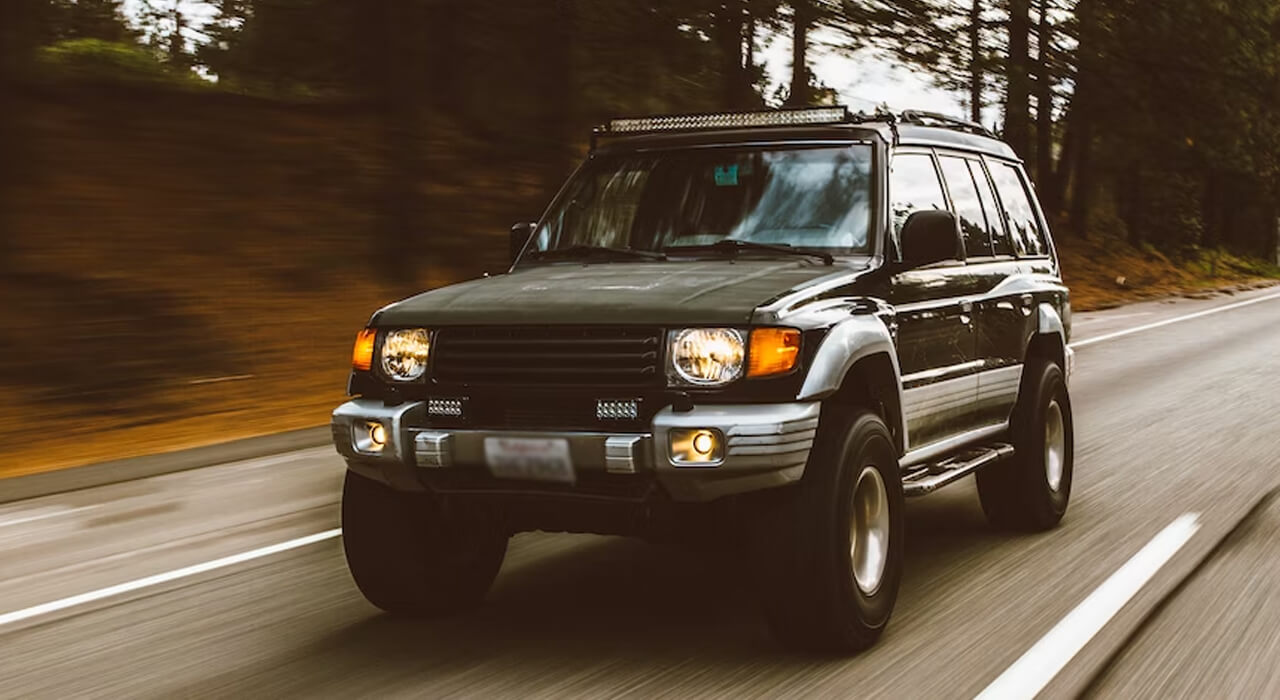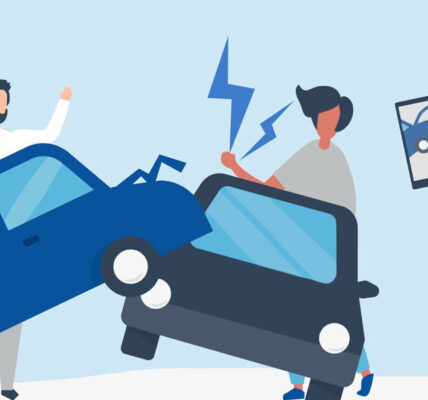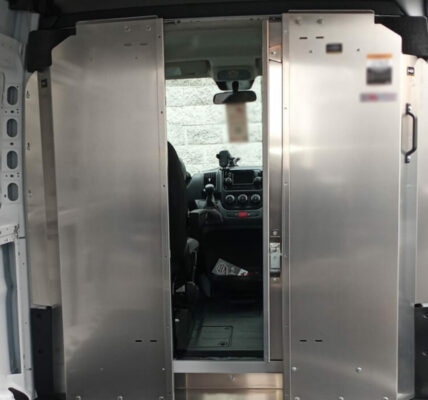Riding a motorcycle is an exciting and thrilling experience, but it can also be dangerous if proper safety measures are not taken. Every year, thousands of people are injured or killed in motorcycle accidents. As a rider, it’s important to understand the risks and take steps to protect yourself on the road.
In this article, you’ll learn some motorcycle safety tips that will help you ride defensively and stay safe on your motorcycle.
Understanding the Risks of Riding a Motorcycle
Before you hit the road, it’s important to understand the risks associated with riding a motorcycle. Motorcycles offer less protection than cars, and riders are more vulnerable to injury in the event of an accident. According to the National Highway Traffic Safety Administration (NHTSA), motorcyclists are about 28 times more likely to die in a crash than passenger car occupants.
One of the biggest risks of riding a motorcycle is the lack of visibility. Motorcycles are smaller than cars and can be difficult for other drivers to see, especially in heavy traffic or during bad weather. This is why it’s important to take steps to increase your visibility on the road. We will discuss some tips for doing this later in the article.
Suggestion: 100+ Cute & Funny Nicknames For A Car: Roaring With Laughter & Joy
Another risk of riding a motorcycle is the lack of protection. Unlike cars, motorcycles do not have a metal frame or airbags to protect riders in the event of a crash. This is why it’s important to wear proper safety gear, including a helmet, gloves, boots, and a jacket with padding.
Wearing the Proper Safety Gear
Wearing proper safety gear is crucial for protecting yourself while riding a motorcycle. The most important piece of safety gear is a helmet. A good helmet can reduce the risk of head injury by up to 69%. When choosing a helmet, make sure it meets the safety standards set by the Department of Transportation (DOT) or the Snell Memorial Foundation.
In addition to a helmet, you should also wear gloves, boots, and a jacket with padding. Gloves will protect your hands from injury in the event of a crash, while boots will protect your feet and ankles. A jacket with padding will provide additional protection to your chest, back, and arms.
Also, as mentioned earlier, visibility is a major concern for motorcyclists. One way to increase your visibility on the road is to wear reflective gear. A reflective motorcycle backpack is a great option for riders because it’s practical and functional, as it will not only make you more visible on the road, but it will also provide a place to store your belongings while riding. Just be sure that the backpack you choose is comfortable and fits properly. A backpack that is too heavy or too loose can be distracting and uncomfortable while riding.
Overall, it’s important to choose safety gear that is comfortable and fits properly. Ill-fitting gear can be distracting and uncomfortable, which can increase your risk of an accident. Make sure to try on gear before purchasing it to ensure a proper fit.
Riding Defensively
Defensive riding is a technique that involves being aware of your surroundings and anticipating potential hazards on the road. By riding defensively, you can reduce your risk of an accident and stay safe on your motorcycle. Here are some defensive riding techniques to keep in mind:
- Keep a safe distance from other vehicles: Maintaining a safe distance from other vehicles will give you time to react if something unexpected happens.
- Watch for turning vehicles: Be aware of vehicles that may turn in front of you or change lanes without signaling.
- Avoid blind spots: Stay out of other drivers’ blind spots and make sure they can see you.
- Use your signals: Use your turn signals and hand signals to communicate your intentions to other drivers.
- Be prepared for emergencies: Always be prepared for emergencies by carrying a first aid kit and a tool kit with you.
Tips for Riding in Different Weather Conditions
Riding a motorcycle in different weather conditions can be challenging. Rain, wind, and extreme temperatures can all affect your ability to ride safely. Here are some tips for riding in different weather conditions:
Also Read: 7 Top Bike Lock For Car Racks Recommended By Experts
- Rain: Slow down and increase your following distance. Use your brakes and throttle gently to avoid skidding.
- Wind: Lean into the wind and keep your body relaxed. Avoid sudden movements and maintain a steady speed.
- Extreme temperatures: Wear appropriate gear to protect yourself from the cold or heat. Stay hydrated and take breaks as needed.
Maintaining Your Motorcycle for Safety
Maintaining your motorcycle is important for ensuring your safety on the road. Regular maintenance can prevent mechanical failures and keep your motorcycle running smoothly. Here are some tips for maintaining your motorcycle:
- Check your tires: Check your tire pressure and tread depth regularly. Replace worn tires as needed.
- Change your oil: Change your oil and oil filter on a regular basis to keep your engine running smoothly.
- Check your brakes: Check your brake pads and fluid levels regularly. Replace worn brake pads and flush your brake fluid as needed.
- Check your lights: Make sure your headlights, taillights, and turn signals are working properly.
Common Mistakes to Avoid While Riding a Motorcycle
There are several common mistakes that riders make that can increase their risk of an accident. Here are some mistakes to avoid:
- Riding too fast: Speeding is a common cause of motorcycle accidents. Always obey the speed limit and adjust your speed for road conditions.
- Riding under the influence: Never ride a motorcycle under the influence of drugs or alcohol.
- Riding without proper safety gear: Always wear a helmet and other safety gear when riding.
- Not maintaining your motorcycle: Regular maintenance is important for ensuring your safety on the road.
Knowing the Laws and Regulations for Motorcycle Riding
Knowing the laws and regulations for motorcycle riding is important for staying safe on the road. Each state has its own set of laws and regulations for motorcycle riders. Here are some general guidelines to keep in mind:
- Wear a helmet: In most states, wearing a helmet is required by law.
- Follow traffic laws: Obey all traffic laws, including speed limits and traffic signals.
- Get licensed: Obtain a motorcycle license or endorsement before riding on public roads.
- Ride sober: Never ride a motorcycle under the influence of drugs or alcohol.
Joining a Motorcycle Safety Course
Joining a motorcycle safety course is a great way to improve your riding skills and learn more about motorcycle safety. These courses are offered by the Motorcycle Safety Foundation and other organizations. They cover topics such as defensive riding, emergency maneuvers, and proper safety gear.
In addition to improving your skills, completing a motorcycle safety course can also entitle you to insurance discounts. Check with your insurance provider to see if they offer discounts for completing a safety course.
Conclusion and Final Thoughts
Riding a motorcycle can be a fun and exhilarating experience, but it’s important to take steps to protect yourself on the road. By wearing proper safety gear, riding defensively, and maintaining your motorcycle, you can reduce your risk of an accident and stay safe while riding.
If you’re a new rider or want to improve your skills, consider joining a motorcycle safety course. These courses can provide valuable information and help you become a safer and more confident rider.
Nevertheless, remember that safety should always be your top priority when riding a motorcycle. By following these tips and avoiding common mistakes, you can enjoy your motorcycle safely and responsibly.







